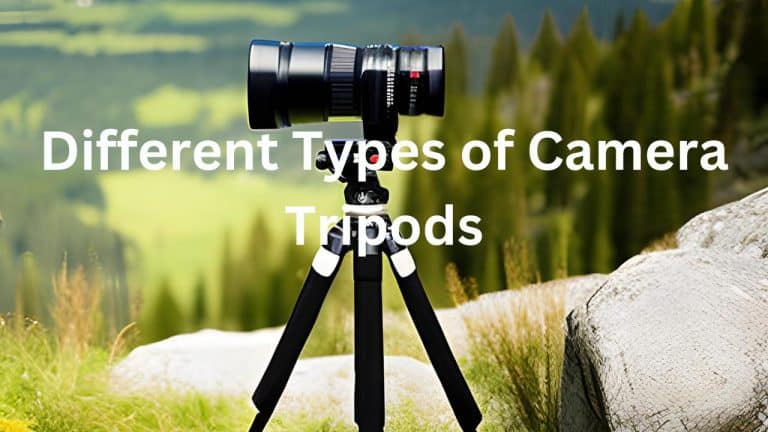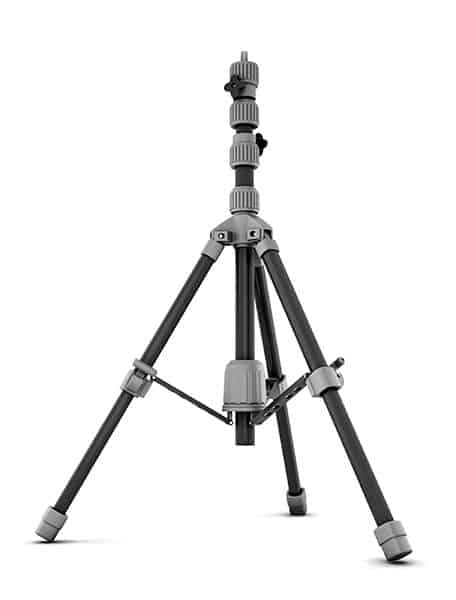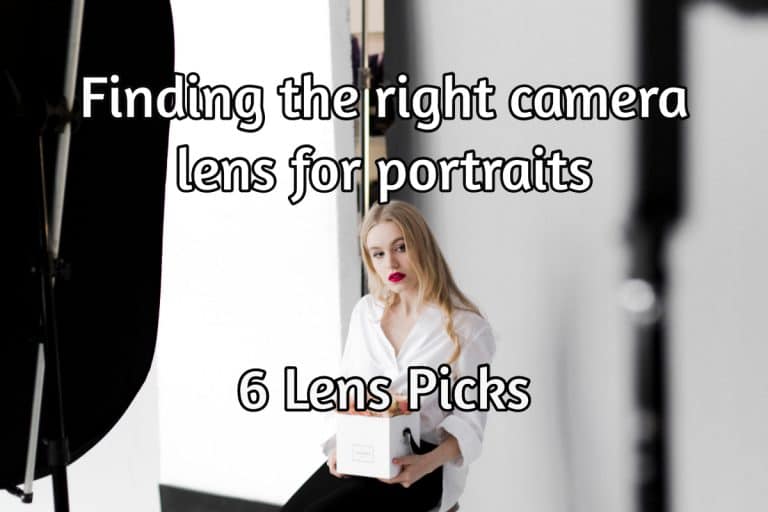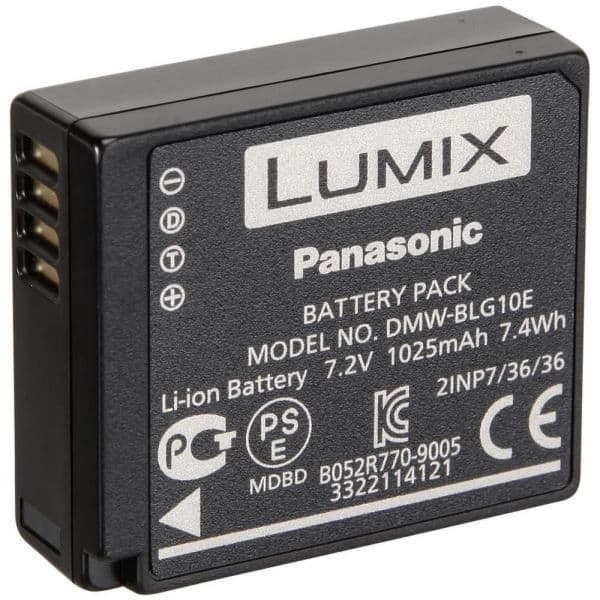How do ND filters work
It has been done too many times to count! Spot an amazing photo opportunity and attempt to capture such an amazing photo. This scenario has caused frequent stops on the side of the road at the most random time. A phone or camera is pulled out, the perfect frame is set, the settings are just right, and the picture is taken. This picture comes out far from what was seen or anticipated. What could have been a beautiful blue sky with one beautifully hung cloud above the beach, turned into a solid white mess with no distinction of what was actually captured. How could this have been avoided? The answer is simple. An ND Filter, also known as, Natural Density Filter. Check out our ND filters range here.
What is an ND Filter?
An ND filter is a piece of equipment used for photography and videography allowing an individual to control the exposure of an image. As stated by many photographers and videographers, it works as a pair of sunglasses to the equipment.
Many times, when using just a camera and lens, our exposures and f-stops may be set perfectly, however, there is still too much light coming into the camera to properly light the entire photo. For example, you have a beautiful photo of a blooming magnolia tree just off to the left of your photo. The sun is directly behind you, illuminating a gorgeous blue sky. When your photo is taken, you have an extremely white, overexposed sky with an off coloured and blurry subject.
Now for sake of discussion, let’s say that you changed your settings to where your sky was perfectly coloured. Now, what happens? You have a very dark subject. There are techniques and strategies to diminish these problems; however, it does make it easier to just add the ND Filter. This allows for great quality photos, even at the highest point of the sun during the day.
The Science Behind ND Filters
If you do not know any of the terminologies, and you are reading this, take a moment to read this introduction to how ND filters work. If you expect to do something great with this, you have a lot of learning to do. Buckle your seatbelt.
Now we could go through the extreme scientific components of light waves and their many different parts, however, we will just stick with the visible side of things.
We all know the sun gives off the most natural and brightest light. From experience, we know that light can be extremely bright. It causes squinting and obstructs one’s vision. What is one way to deal with this? A pair of sunglasses fixes this problem, just as the ND Filters. Back to the reference of sunglasses, you know the difference between a good pair and a cheap pair. Your judgment comes based on how your vision is impacted. A cheap pair of sunglasses that have been made by cheap products and coating will cause a lack of clear vision or headaches from attempting to continuously see through them.
A good pair will make it seem as if nothing is there but everything is able to be seen clearly with no problem. The same scenario applies to ND Filters. However, just as sunglasses, they can come with their different “lens” for those who have vision problems. The ND Filters have numbers, similar to reading glasses at your local store, such as 2X, 4X, 8X, and so on.
Now, with each adjusting type, it gets darker and the settings on the camera need to be adjusted appropriately such as F-Stop and ISO. There are charts and cheat sheets to help with this calculation. In other words, the darker your sunglasses, the more you can “adjust” (open) your eyes (shutter) to be able to see. The same principle applies but with just a few added numbers.
Where to Find an ND Filter
There are several different types and brands. Quality is important when it comes to ordering an ND Filter. Some are cheaply made and do not allow for the best quality in photos or videos. TechRadar posted their top 6 tested ND Filters. Amazon has them listed ranging around £60. That may seem pricey for such a small piece of equipment; however, it is well worth the quality it gives one’s creations. Cheaper is not always better!
This ND Filter on sale at Amazon is also a black and white filter. It has a brass ring that is said to make it “feel sturdy and secure” according to a customer review. Others have stated that they themselves have purchased and tested many ND Filters and this one by far was their best pick. Over several places, many have tested and chosen this certain filter as their top pick in ND Filters.
B+W 77mm 110M Multi Coated +10 Stop Neutral Density Filter – F-PRO Mount
- 3.0 neutral density filter darkens the image, allowing you to photograph with a longer shutter speed or wider aperture than normally required
- Providing a 10-stop exposure reduction, this filter allows you to control depth of field and convey movement more easily
- Filter does not affect coloration of the image and is ideal for use with other filters
- Multicoated to prevent internal ghosting and reflections
- Constructed from Schott glass for optical clarity
Imagen-Estilo has included a chart to help understand the difference in levels and the settings you will need to obtain. With careful research, you will be producing high-quality photography without having to use all the tools in a photo editing program.
Sources:
TechRadar The best ND Filters
RP Photonics: Neutral Density Filters
Imagen-Estilo: ND Filters Explained






![How do ND filters work Lee Super Stopper for 100mm System [SUP15100U2]](https://m.media-amazon.com/images/I/216abpsqV9L.jpg)





